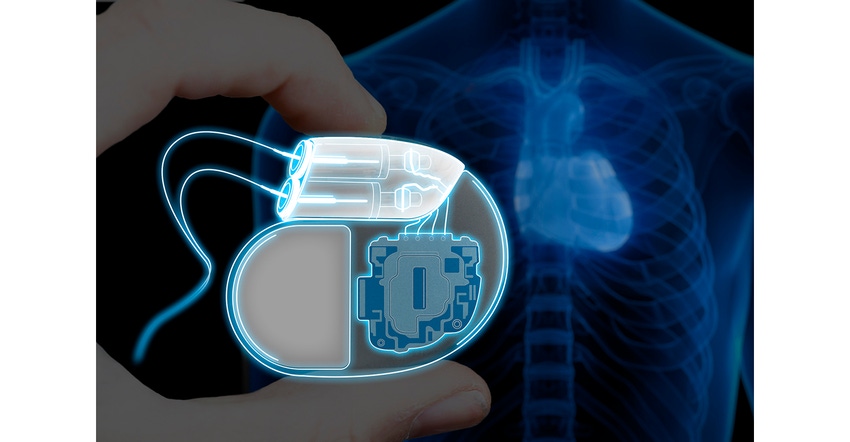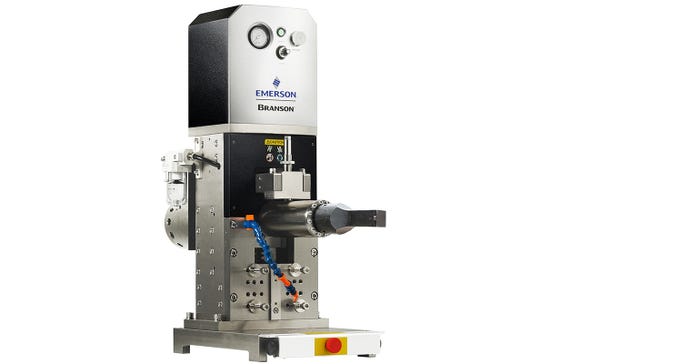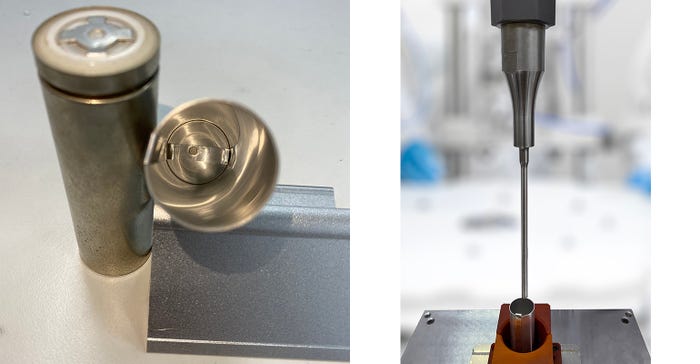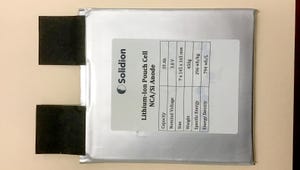Specialized Medical Batteries Bring Specialized Assembly Challenges
The wide range of medical battery designs makes for unique assembly challenges: Emerson’s expert explains.
September 28, 2023

Alex Yeung, Global Product Manager, Branson Welding and Assembly at Emerson
Modern medicine and wellness are beginning to rely on an ever-wider variety of lightweight, wearable, and even implantable medical devices. These range from activity/exercise watches and medical call buttons to hearing aids, pacemakers, and monitors to insulin pumps, neuro-or gastric stimulators, and implantable cardiac pacemakers and defibrillators (ICDs). Each of these devices demands a power supply to perform vital functions from monitoring, signal processing, and collecting and transmitting data to providing specialized electronic pulses needed to regulate critical cardiac and physiological functions.
The wide range of medical battery requirements
Portable and wearable devices use rechargeable batteries or easily replaceable battery cells, which are available in standard sizes in the form of cylindrical or button-type cells. However, the batteries used in implantable devices often must meet higher standards. The devices often demand extremely compact battery designs, biocompatible materials, and long-lasting power supplies since battery replacement is difficult (involving a minor surgical intervention) or impossible.

These batteries must not only be long-lasting but also must fit into the overall contours of the wearable or implant itself. Some devices may accommodate cylindrical batteries, which consist of layers of electrode foils wrapped around a central core, surrounded by electrolyte, with tabs that link the anode (positive) and cathode (negative) foils to the respective battery terminals. The other main battery design is the “button-cell,” a coin-like battery whose flat structure employs a single thin-foil anode and cathode (4-6 microns in thickness), with each bonded to one of the battery sides, or terminals.
Medical battery assembly challenges
Given the space and functional constraints, customized battery designs are often the order of the day for more specialized medical devices. The case designs of these batteries, especially the button-type cells, are often specified by the device manufacturers themselves, employing special shapes (e.g., curves, semicircles, ovals) to maximize battery area and capacity while meeting critical space limitations within a particular device.
Whatever their shape or ultimate capacity, all medical-device batteries rely on precision assembly processes. Ultrasonic metal welding technology is typically used. To bond the often thin and fragile foil electrodes, tabs and cases used in each battery, ultrasonic welding generates high-frequency (40–60 kHz), low-amplitude vibratory energy, then drives it through specialized “acoustic” tooling (a sonotrode or horn above, with a part-holding “anvil” below) that welds the fragile materials under controlled compression until bonding takes place.

Advantages of ultrasonic welding of medical batteries
Unlike other welding processes that use high energy inputs, ultrasonic welding is clean; it generates no sparks and does not melt the fragile metals involved. Instead, the process creates solid-state, molecular-level bonds by generating frictional heat and compression between the metal parts.
The acoustic tooling that accomplishes the ultrasonic welds is specified based on the battery application. Tooling for button cell batteries is relatively straightforward, since these typically employ a two-piece case, with the anode bonded to one side and the cathode to the other, with the center filled with an electrolyte. But the production of devices that use cylindrical batteries often requires more specialized “long reach” tooling, a needle-like sonotrode that can reach down into the narrow cavity of a battery or product case, either to weld the “tabs” of a battery electrode to the base of the battery case or to join elements (bulbs, displays, circuits) circuitry within the device to battery power.
As medical devices and the batteries that power them continue to evolve, assembly technologies such as ultrasonic metal welding will also continue to evolve to meet new design, size, and power requirements. As a worldwide leader in ultrasonic welding technology, Emerson will continue to develop new approaches to maximize the performance and precision of our Branson ultrasonic metal welding and related assembly automation in the years ahead.
Alex Yeung is the global product manager, Branson Welding and Assembly at Emerson, leading application development, business development, and sales for Branson metal welding technology. Yeung holds a B.E. in mechanical engineering from Hong Kong Polytechnic University.
You May Also Like



